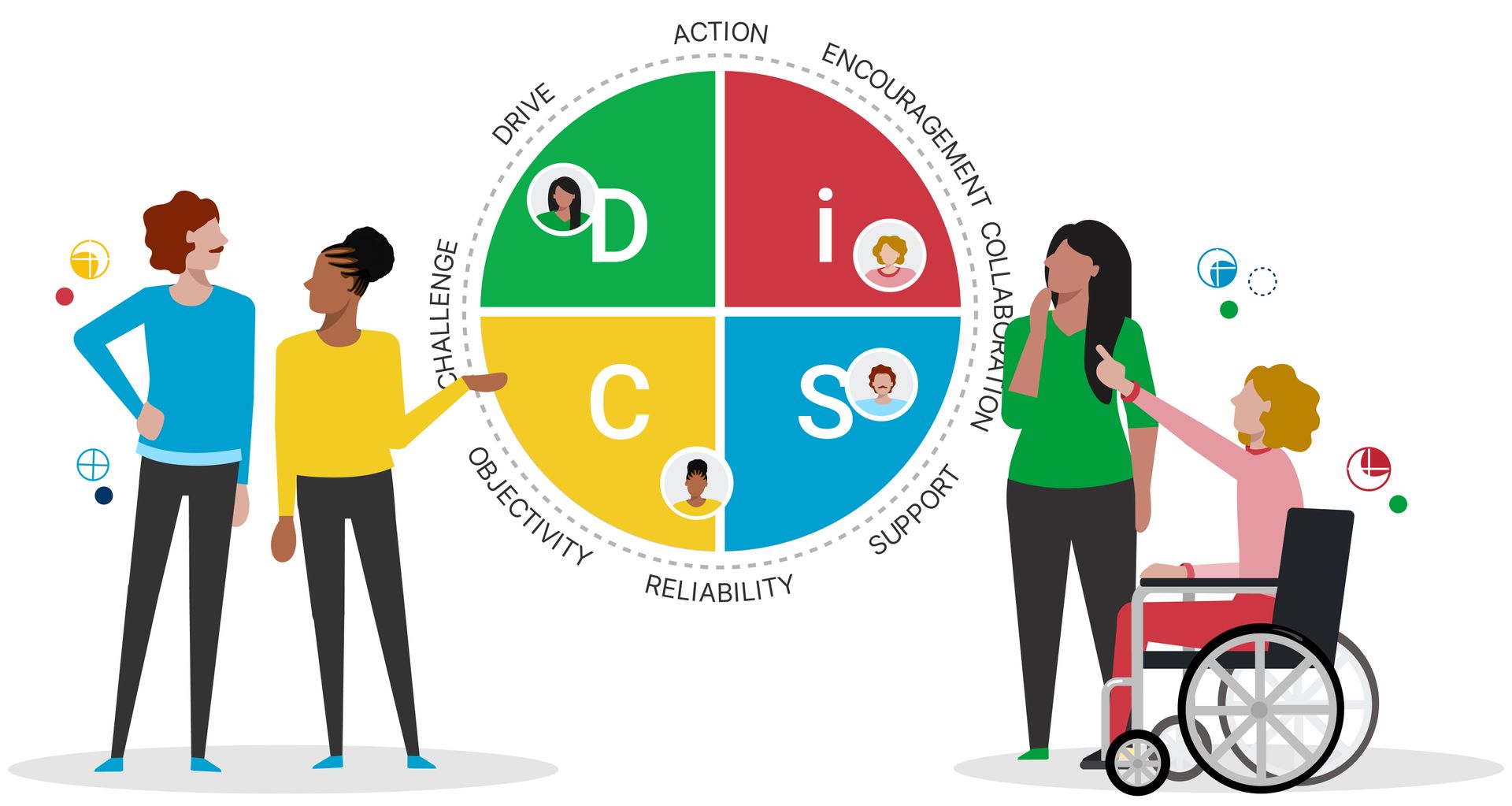By: Melissa Barlock
Building Bridges and Expanding Horizons

In a world dominated by the hustle and bustle of everyday life, the value of small talk often gets overlooked. It's the casual chitchat at a networking event, the friendly banter with a colleague by the coffee machine, or the brief exchange with a stranger waiting in line. While it may seem inconsequential, small talk is far from trivial. In fact, it's a powerful tool for building connections, fostering relationships, and expanding your horizons.
The Essence of Small Talk
Small talk is the art of engaging in light, informal conversations that revolve around general topics like weather, hobbies, or current events. Unlike deep, meaningful discussions, small talk is more about establishing rapport and creating a comfortable atmosphere. It's the social glue that holds our interactions together, and it plays a crucial role in various aspects of our lives.
Breaking the Ice
One of the most significant benefits of small talk is its ability to break the ice. Whether you're attending a social gathering, a job interview, or a business meeting, small talk serves as an entry point into more meaningful conversations. It eases tension, helps people feel at ease, and sets a positive tone for the interaction to follow.
Building Relationships
Small talk isn't just about exchanging pleasantries; it's about building relationships. By engaging in light conversations, you get to know people on a personal level. You discover shared interests, common ground, and even potential opportunities for collaboration. These initial connections can lay the foundation for more profound relationships down the road.
Expanding Your Network
Small talk is a valuable networking tool. It allows you to connect with a diverse range of people from various backgrounds and industries. While discussing everyday topics, you may stumble upon someone who shares your professional interests or someone who can introduce you to a valuable contact. Networking often begins with small talk.
Learning and Growing
Small talk is also a gateway to learning and personal growth. When you engage in casual conversations, you gain insights into different perspectives, cultures, and experiences. You might discover new interests, hobbies, or areas of expertise that you hadn't considered before. Small talk expands your horizons.
Mastering the Art
To master the art of small talk, here are a few tips:
- Be a Good Listener: Pay attention to what others are saying, ask follow-up questions, and show genuine interest in their responses.
- Find Common Ground: Look for shared interests or experiences that can be the basis of your conversation.
- Maintain Positivity: Keep the conversation positive and avoid controversial or sensitive topics.
- Practice Empathy: Put yourself in the other person's shoes and try to understand their perspective.
- Use Open-Ended Questions: These encourage more extended and more engaging conversations.
- Remember Names: A person's name is one of the sweetest sounds they can hear. Use it during your conversation.
Small talk may seem inconsequential, but it's a potent tool for creating connections, nurturing relationships, and broadening your horizons. It's the bridge that connects us in a world filled with endless opportunities for interaction. So, the next time you find yourself in a seemingly trivial conversation, remember the hidden potential of small talk and the doors it might open.
Here's an easy acronym to help you with small talk!
https://youtu.be/xV39ytkkz30
Enspire Dental Opportunities is looking forward to working with you.












